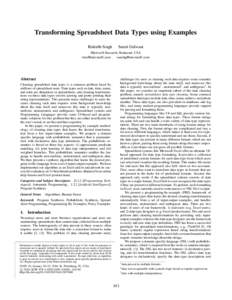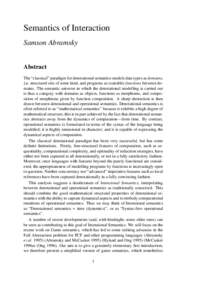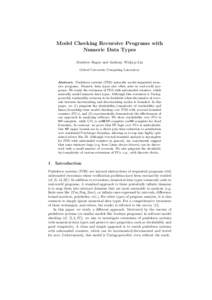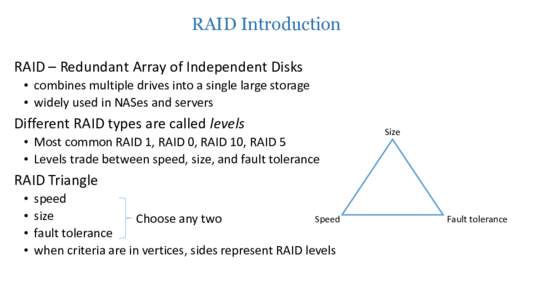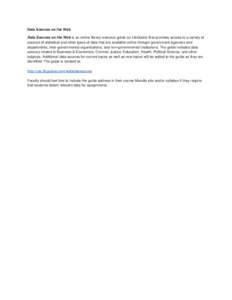<--- Back to Details
| First Page | Document Content | |
|---|---|---|
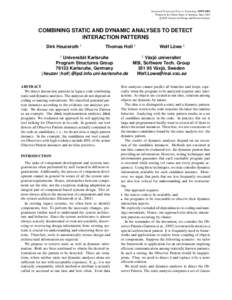 Date: 2013-01-05 08:49:43Computer programming Object-oriented programming Type theory Data types Observer pattern Design Patterns Behavioral pattern Tuple Type system Software engineering Software design patterns Computing |
Add to Reading List |
 Integrated Design and Process Technology, IDPT-2002 Printed in the United States of America, June, 2002 c 2002 Society for Design and Process Science COMBINING STATIC AND DYNAMIC ANALYSES TO DETECT INTERACTION PATTERNS
Integrated Design and Process Technology, IDPT-2002 Printed in the United States of America, June, 2002 c 2002 Society for Design and Process Science COMBINING STATIC AND DYNAMIC ANALYSES TO DETECT INTERACTION PATTERNS